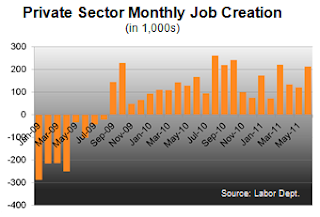Winter storms may have caused employment to be a bit sluggish, but as we move into spring, job growth continues to accelerate. Staff retention is becoming a top priority in 2014 for employers, as confidence builds in the economy and job market, making companies more vulnerable to losing key talent. Organizations will have to ask themselves tough questions about how attractive they are to candidates and employees, and whether they are doing a good job of communicating career development opportunities that have the potential to mitigate costly staff turnover.
According to many recent surveys, employee turnover is projected to rise significantly as the job market improves. This means that employers will need to place greater emphasis on employee retention to complement their recruitment strategies.
"While companies can develop and deploy a host of retention strategies focused on engaging staff and strengthening employee morale, one simple thing they can do is assess their employees' perception and awareness of internal mobility or career-tracking programs," says Nancy Halverson, vice president of global operations for MRINetwork.
The recent LinkedIn Exit Survey reveals that there is a considerable disconnect between employer and staff awareness of employee mobility programs. According to the survey, HR and talent acquisition professionals overestimate employee awareness of their internal mobility programs by more than 2X. Further, respondents in the US, UK, Australia, Canada and India overwhelmingly say it is easier to locate an open position outside of their company, than to be promoted within.
Halverson provides the following tips for building awareness of internal mobility programs:
- Brainstorm how your organization can develop an internal mobility program, if one doesn’t already exist
- Begin discussing internal mobility programs during the onboarding process
- Leverage and publicize internal mobility programs through employee referral programs to raise visibility
- Communicate internal promotions through multiple internal and external channels to create stories about employee advancement within the company
- Routinely assess employee awareness of the organization’s internal mobility program and adjust communication channels accordingly
Employee mobility programs have always been a great tool to encourage staff retention. Now they are increasingly important as companies face growing talent shortages due to skill gaps, and more workers begin to feel confident about seeking other job opportunities. Halverson adds, "Ultimately, internal mobility programs should be built into the company culture and employer branding efforts. Current and future employees should not only have a clear understanding of the career opportunities available within the company, but also see that there are viable paths for advancement."


